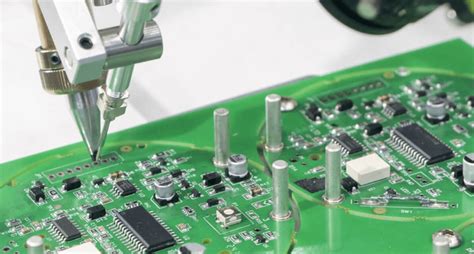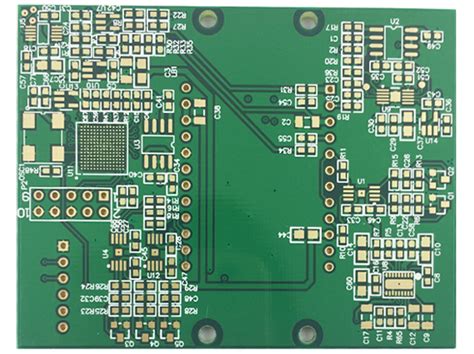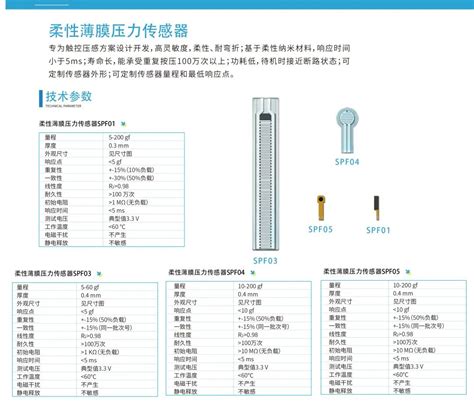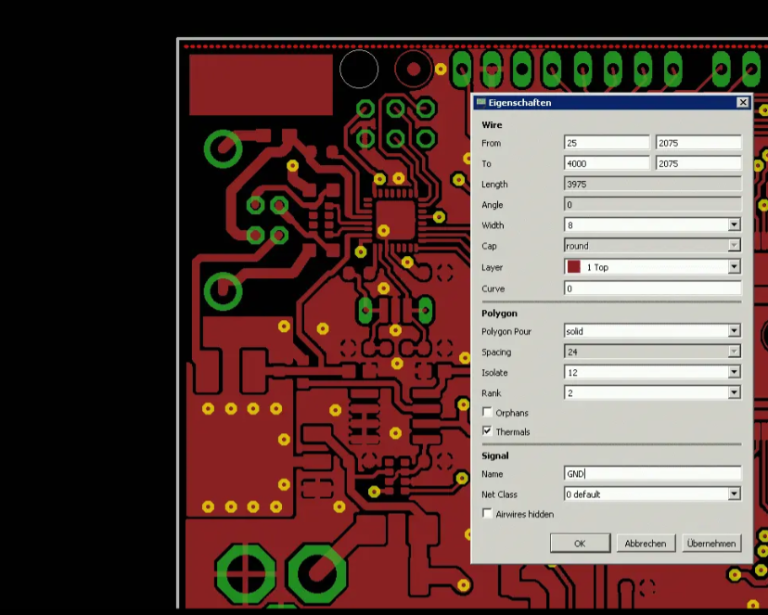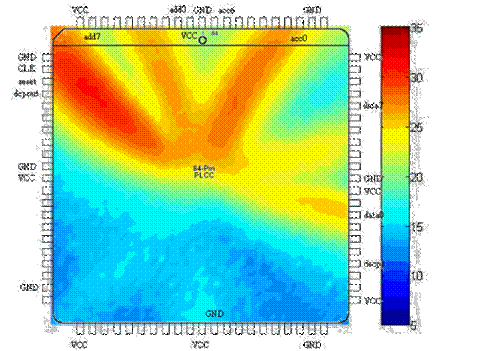Advancements in PCB Additive Manufacturing Techniques
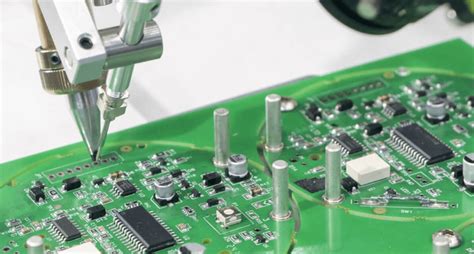
Key Takeaways
In today’s rapidly evolving electronics landscape, PCB additive manufacturing has emerged as a pivotal innovation. One of the paramount benefits of this technology is its ability to streamline the pcb manufacturing process, allowing for faster iterations and more complex designs without incurring exorbitant pcb manufacturing costs. By leveraging advanced techniques, you can enhance your production efficiency while obtaining unrivaled design flexibility. Moreover, as pcb manufacturing companies adopt these additive strategies, they are witnessing not only increased efficiency but also a reduction in waste—an essential factor in maintaining a sustainable business operation.
The introduction of high-performance materials specific to PCB additive manufacturing allows for greater functional integration within electronic devices. This evolutionary leap cannot be understated; as you venture into your own pcb manufacturing business, embracing these advancements could be your competitive edge.
“Incorporating new techniques and materials is not just an option; it’s a necessity for staying relevant in the electronics industry.”
Consider exploring how these innovations fit into your production models and keep an eye on future trends that highlight even more optimized methods in this sector. The synergy between additive techniques and traditional approaches can be a game-changer for many businesses seeking to thrive in an increasingly digital world.
Here’s a brief overview of some benefits:
| Benefit | Description |
|---|---|
| Improved Design Flexibility | The ability to create intricate designs efficiently |
| Reduced Lead Times | Faster production cycles catering to market needs |
| Cost Efficiency | Lower material waste leading to cost savings |
| Enhanced Functionality | Integration of multiple functions in one PCB design |
Emphasizing these areas will not only enhance your understanding but also empower you to make informed decisions that could shape the future of your pcb manufacturing business.

Introduction to PCB Additive Manufacturing: A New Frontier in Electronics
The landscape of PCB manufacturing is rapidly evolving, particularly with the introduction of cutting-edge additive manufacturing techniques. This transformation is enabling PCB manufacturing companies to explore new avenues for innovation, reducing the limitations imposed by traditional methods. You might find that these advancements not only enhance design capabilities but also significantly lower the pcb manufacturing cost by streamlining processes and minimizing material waste. With traditional methods often constrained by dimensional and material restrictions, additive manufacturing opens up a realm of opportunities that allow for more complex geometries and customized designs tailored to specific applications. Furthermore, as you delve into this new frontier, you will discover how these techniques are reshaping the pcb manufacturing business, driving efficiency and responsiveness to market demands. As a result, electronics designers are empowered with unprecedented flexibility in their projects—ultimately leading to more efficient production cycles and innovative electronic solutions tailored for a range of industries.
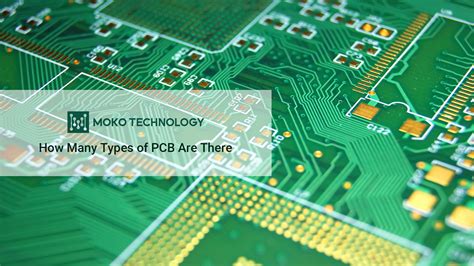
Innovative Techniques in PCB Manufacturing: An Overview
In the realm of PCB manufacturing, several innovative techniques have emerged, dramatically transforming how electronic components are designed and produced. With the rise of additive manufacturing, you can now leverage advanced methods that allow for complex geometries and customizable designs, enhancing both performance and functionality. Employing techniques such as 3D printing, you can create multilayer boards with intricate layouts that traditional processes would find challenging or even impossible to achieve. This evolution not only improves design flexibility but also has a significant impact on lowering the PCB manufacturing cost by reducing material waste and streamlining production processes. Many PCB manufacturing companies are now investing in these cutting-edge methods to stay competitive, as they recognize that adaptability and efficiency are essential in today’s fast-paced market. As you consider the implications for your PCB manufacturing business, it becomes clear that embracing these techniques will not only improve your products but also position your company as a forward-thinking leader in electronics production.
Advanced Materials Revolutionizing PCB Additive Manufacturing
In recent years, advanced materials have played a pivotal role in transforming PCB additive manufacturing, significantly impacting your approach to designing and producing electronic components. As you explore the realm of pcb manufacturing, you’ll encounter a variety of materials that enhance the performance and versatility of printed circuit boards. For instance, the integration of conductive polymers allows for greater flexibility in design, enabling pcb manufacturing companies to develop lightweight, durable products suitable for a wide range of applications. Furthermore, thermoplastic materials have emerged as game-changers, providing ease in processing and facilitating rapid prototyping.
The introduction of these advanced materials not only aids in reducing the pcb manufacturing cost but also fosters innovation in design practices by allowing for more complex geometries and functionalities. As you engage with these developments, you’ll find that the combination of additive manufacturing techniques with modern materials propels your pcb manufacturing business forward, enabling you to meet the demands of an ever-evolving electronics landscape. Exploring these advancements empowers you to leverage increased design freedom while ensuring that production remains efficient and cost-effective. This synergy between materials and technology ultimately positions your business at the forefront of PCB innovation, redefining what is achievable in electronic applications.
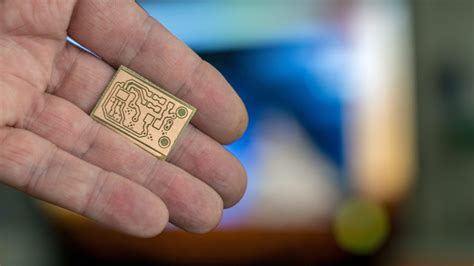
Enhancing Design Flexibility through Additive Manufacturing Methods
In the world of PCB manufacturing, the adoption of additive manufacturing techniques has revolutionized the way you approach design challenges. These innovative methods allow for a level of customization that was previously difficult to achieve, enabling you to create intricate patterns and complex geometries with ease. By incorporating advanced materials like conductive inks and high-performance polymers, you can significantly enhance the design flexibility of your printed circuit boards. This flexibility opens up numerous possibilities for pcb manufacturing companies, as they can now meet specific client requirements more effectively while reducing overall pcb manufacturing costs. Furthermore, the ability to rapidly prototype designs means that your pcb manufacturing business can adapt quickly to changes in technology or market demands, positioning you ahead of competitors who may still rely on traditional methods. As you explore these state-of-the-art approaches, you’ll discover how they can fundamentally transform your operations and lead to better product outcomes in the fast-evolving electronics landscape. For more comprehensive insights on PCB solutions, consider visiting Andwin PCB.
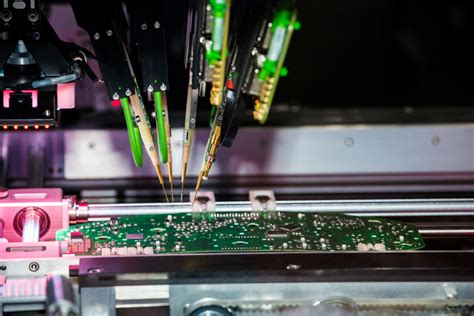
Production Efficiency in Electronics: The Impact of PCB Additive Techniques
The advent of pcb additive manufacturing techniques has significantly transformed the landscape of pcb manufacturing, unlocking new avenues for enhancing production efficiency. By allowing for the precise and flexible fabrication of circuit boards, these innovative methods reduce material waste and cut down on production time, which are crucial factors for your pcb manufacturing business. Unlike traditional techniques that often involve subtractive processes, additive methods enable you to create complex geometries and intricate designs with less effort. This transition not only results in lower pcb manufacturing costs but also bolsters the capabilities of pcb manufacturing companies to respond rapidly to market demands. As you explore the potential of these advanced techniques, you’ll find that they facilitate rapid prototyping and can significantly streamline production workflows, ultimately leading to a more agile manufacturing environment. The impact on your operations can be profound, as adopting such technology positions your business at the forefront of innovation within the electronics sector.
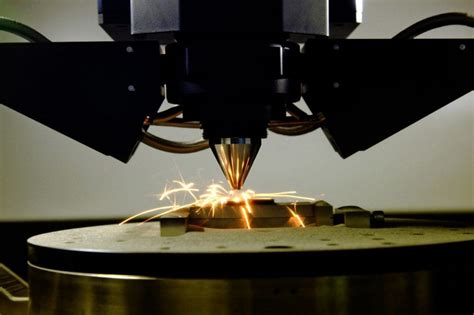
Case Studies: Successful Applications of PCB Additive Manufacturing
Several pcb manufacturing companies have begun to showcase the remarkable potential of PCB additive manufacturing through successful case studies that exemplify its practical applications. For instance, a leading firm in the consumer electronics sector recently adopted additive methods to produce complex, multi-layered circuits that were impossible to achieve using traditional techniques. This innovation not only improved the overall performance of their devices but also reduced the pcb manufacturing cost significantly, enabling them to offer competitive prices without compromising on quality. Another example can be found in the automotive industry, where precision and reliability are paramount. A major automotive manufacturer utilized additive manufacturing processes to create lightweight circuit boards that enhanced vehicle efficiency while minimizing material waste. These advances not only highlight the versatility of PCB additive manufacturing but also illustrate how businesses are evolving to meet market demands while optimizing their production processes. By integrating such innovative techniques into their workflows, pcb manufacturing businesses are witnessing improved time-to-market and better design flexibility, positioning themselves at the forefront of technology in a rapidly changing landscape. The success stories emerging from these case studies serve as beacons for others in the industry, encouraging further exploration into additive methods that could redefine conventional practices in electronics production.
Future Trends and Predictions in PCB Production Technologies
As you look to the future, it becomes evident that PCB manufacturing technologies will continue to evolve in remarkable ways. Emerging trends suggest that pcb manufacturing companies will increasingly adopt intelligent automation and machine learning to optimize production processes. This shift not only aims to reduce pcb manufacturing costs but also seeks to enhance overall efficiency and quality control. You can expect to see an emphasis on sustainability, with more companies pursuing eco-friendly materials and processes to address environmental concerns associated with electronics. The integration of additive manufacturing methods is also anticipated to play a crucial role, enabling customizable solutions that can be adapted to unique specifications, ultimately transforming the design flexibility of printed circuit boards (PCBs). Furthermore, you might notice a growing collaboration between industry players and academic institutions focusing on research and development in this domain. This cooperation promises novel applications that can significantly impact various sectors, from healthcare to automotive technologies. As these advancements unfold, the landscape of pcb manufacturing businesses will likely be reshaped, allowing for even greater innovation and efficiency in electronics fabrication.
Conclusion: The Role of Additive Manufacturing in the Evolution of Electronics
As you reflect on the transformative journey of PCB manufacturing, it becomes evident that additive manufacturing plays a pivotal role in shaping the future of electronics. The evolution of this technology has not only introduced innovative techniques but has also diversified the offerings within the PCB manufacturing business landscape. By allowing for intricate designs that traditional methods struggle to achieve, additively manufactured PCBs significantly lower PCB manufacturing costs while enhancing production agility. You might find it interesting that many PCB manufacturing companies are adopting these advancements to remain competitive in an ever-evolving market. Harnessing the power of additive manufacturing can give you an edge, elevating your projects with improved design flexibility and faster turnaround times. As these methodologies continue to mature, they will undoubtedly influence how products are conceived and produced, marking a new era in electronics where your ideas can be realized with unprecedented efficiency and creativity.
Conclusion: The Role of Additive Manufacturing in the Evolution of Electronics
As you reflect on the myriad advancements in PCB additive manufacturing, it’s clear that this innovative approach plays a pivotal role in the evolution of electronics. The integration of additive manufacturing techniques into PCB manufacturing has not only improved production efficiency but also expanded design capabilities, allowing you to create complex geometries that traditional methods cannot achieve. By utilizing new materials specially formulated for additive processes, PCB manufacturing companies have been able to significantly reduce PCB manufacturing costs while maintaining high-quality standards. The flexibility inherent in these techniques empowers your PCB manufacturing business to respond swiftly to market demands and technological advancements, ensuring that your products remain competitive. Ultimately, the evolution of electronics continues to thrive on these innovative methodologies, fostering an environment where creativity and functionality coalesce brilliantly. Through this transformative journey, you are witnessing a remarkable shift—an exciting time where your potential as a creator is expanded beyond conventional limitations, making way for unparalleled growth and innovation in your field.
FAQs
What is PCB additive manufacturing?
PCB additive manufacturing refers to modern techniques and processes wherein PCBs (Printed Circuit Boards) are created layer by layer, using advanced materials and innovative methods that enhance both design flexibility and production efficiency.
How does PCB manufacturing differ from traditional methods?
Unlike traditional PCB manufacturing, which often involves subtractive techniques (removing material to create circuits), additive methods allow you to build circuits by adding material, resulting in less waste and greater design possibilities.
What are some advantages of PCB additive manufacturing?
Some advantages include reduced PCB manufacturing cost, improved customization options, faster prototyping, and the ability to integrate complex designs that conventional techniques may struggle with.
Which companies are leading in PCB additive manufacturing?
Several notable PCB manufacturing companies are investing heavily in additive technologies. They are pushing the boundaries of what is possible in electronics through innovative approaches that create more efficient production lines and unique product designs.
What factors influence PCB manufacturing costs?
Factors such as material selection, complexity of design, volume of production, and technology used all significantly impact the overall PCB manufacturing cost, which is why many businesses are turning to more cost-effective additive options.
For more detailed insights on how you can enhance your pcb manufacturing business, please click here: Andwin PCB Manufacturing

